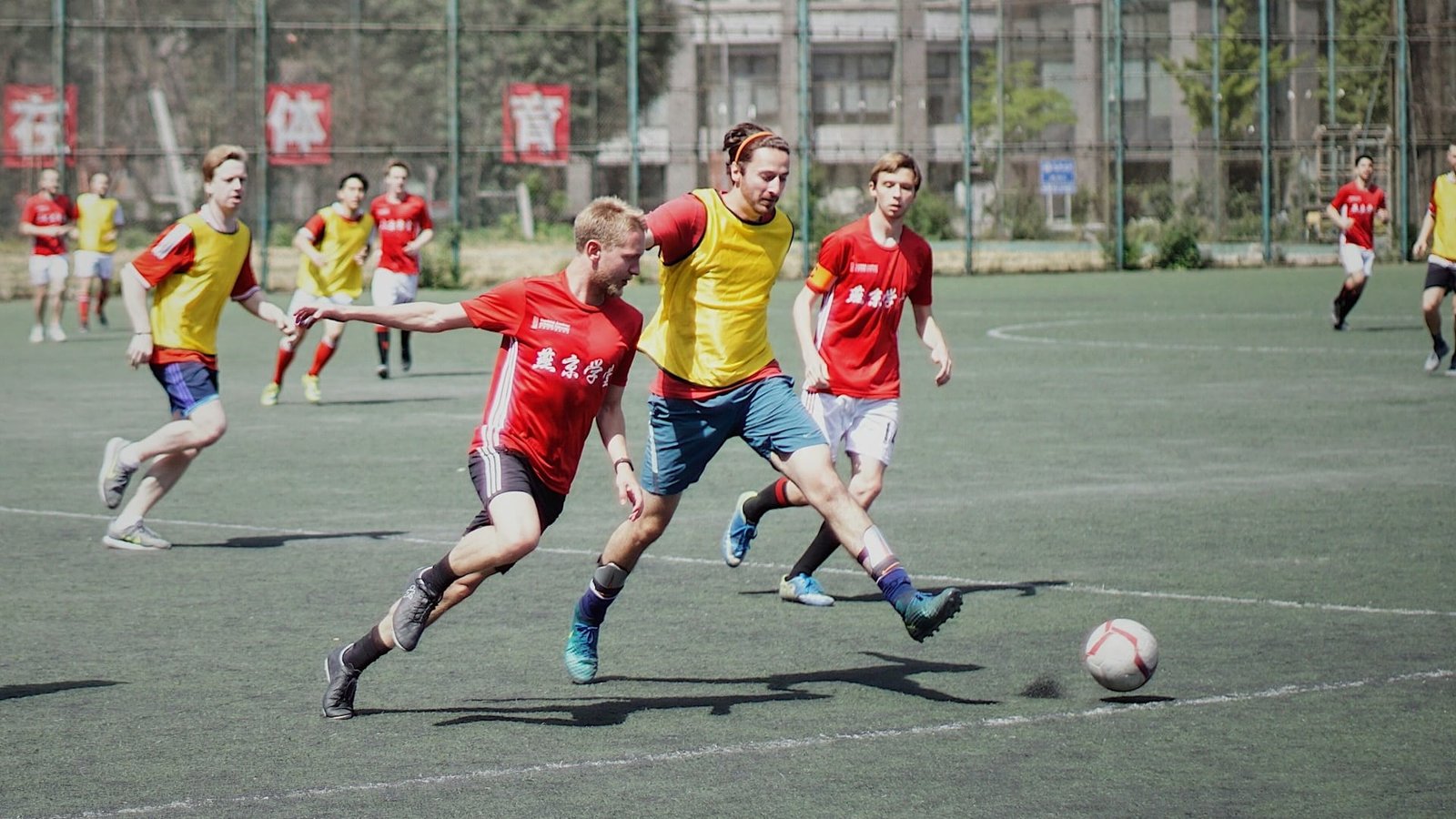Recessions and the Sports Industry: How Top Clubs Protect Revenue Streams
April 15, 2025

April 15, 2025
By their nature, financial and economic crises generate cross-sector effects that transcend traditional finance.
The sports industry, often perceived as immune to economic turmoil, also comes under significant pressure during periods of recession.
Crises expose both structural weaknesses and the adaptability of sports organizations, and the way these entities respond depends on a variety of factors.
So, what exactly happens when the global economy enters a downturn?
Why do some clubs not only survive, but even grow, while others spiral into long-term decline?
Sports and Economic Cycles: An Overlooked Relationship
The link between economic performance and sports outcomes is not always obvious at first glance.
Yet the resilience of a team during a crisis is often the result of past managerial decisions, diversified revenue streams, and the overall robustness of its business model.
Major financial crises — from the 2008 recession to the COVID-19 pandemic — have clearly demonstrated that both survival and future growth depend largely on a long-term strategic vision.
Who Loses: Structural Fragility and Revenue Volatility
The most vulnerable organizations are typically those whose business models rely on highly volatile income streams, such as matchday ticket sales or physical merchandising.
Lower-tier teams, minor leagues, and less commercialized sports often lack the liquidity or alternative financing options needed to offset revenue shortfalls.
During the COVID-19 pandemic, for example, the inability to welcome fans into stadiums eliminated a substantial portion of club income.
In the absence of alternative models or diversification plans, many organizations struggled to meet fixed costs like salaries and facility management.
Some were forced to implement drastic budget cuts, while others filed for bankruptcy.
In such contexts, the absence of institutional capital or investor support further intensifies the financial pressure.
Who Wins: Diversification, Digitalization, and Global Branding
Conversely, there are clubs that manage uncertainty more effectively, even within the same macroeconomic landscape.
These are typically organizations that have developed business models less dependent on seasonal cycles and more focused on continuity.
Often already active on an international scale, these clubs integrate multiple revenue sources: from broadcast rights to global sponsorship deals, as well as digital content and e-commerce.
Operational management also plays a critical role.
The use of data analytics tools, financially sustainable management approaches, and effective communication strategies all contribute to greater organizational resilience.
Economic Trends and Successful Strategies
When examining the key factors that determine a team’s ability to withstand a crisis, several common elements emerge.
A globally recognized brand, for instance, helps offset losses in struggling markets through consolidated presence elsewhere.
Meanwhile, digital content strategies offer viable alternatives to traditional revenue streams, which can suddenly dry up.
We’re also witnessing increasing involvement from private capital.
Investment funds and specialized financial operators are entering the sports sector with the aim of introducing greater efficiency and long-term stability.
In some cases, this external support has enabled restructuring and relaunch plans that would have been otherwise difficult to implement.
Sports and Finance in Times of Crisis
A crisis is always an opportunity to assess the overall solidity of a sports organization.
Teams that succeed in navigating difficult periods tend to have previously invested in managerial expertise, infrastructure, and income diversification.
Conversely, those who have operated with a short-term vision often find themselves significantly more exposed to financial risks.
In an increasingly complex economic environment, building a strategy that effectively integrates financial, technological, and communication dimensions is essential to ensure continuity and long-term competitiveness.
If you’d like a free consultation to discover what kind of sponsorship might suit you, contact us. We’re waiting for you!
Categories
Recent News
Archives
- November 2025
- October 2025
- September 2025
- August 2025
- July 2025
- June 2025
- May 2025
- April 2025
- March 2025
- February 2025
- January 2025
- December 2024
- November 2024
- October 2024
- September 2024
- August 2024
- July 2024
- June 2024
- May 2024
- April 2024
- March 2024
- February 2024
- January 2024
- December 2023
- November 2023
- October 2023
- September 2023
- August 2023
- July 2023
- June 2023
- May 2023
- April 2023
- January 2018
- December 2017



